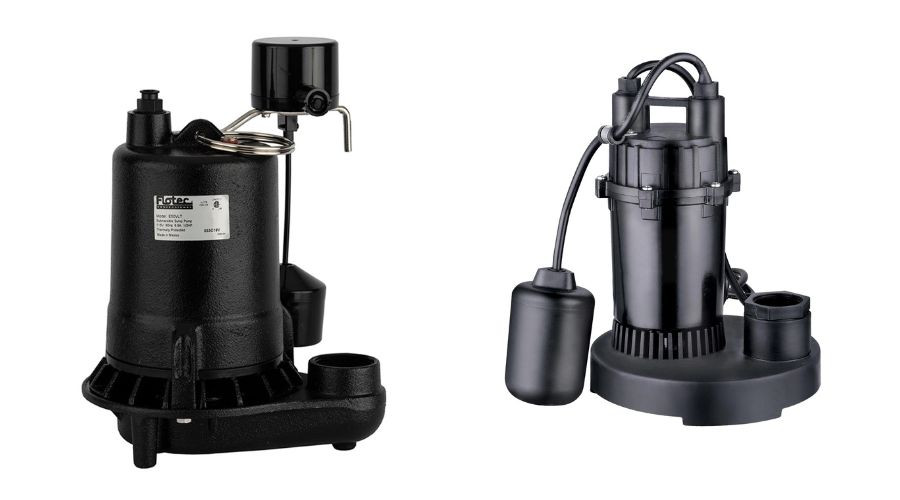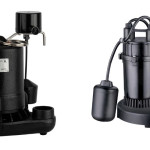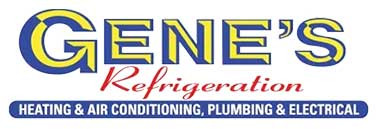Defending Homes Against Flooding With a Sump Pump
Many people in the U.S. understand the dangers of water. Sometimes people forget that flooding can happen in a home even if there is no disaster-level devastation around. With powerful storms, ensuring their home is protected should be a high priority for homeowners. This is where sump pumps can provide a simple solution and peace of mind.
The Function of Sump Pumps
 A sump pump is an important device that protects the home from flooding. An essential part of a sump pump system is a recessed area typically located in basements or at the lowest part of a home, known as the sump pit or the sump pump basin. This is a drainage area for water to collect if it enters the home during flooding.
A sump pump is an important device that protects the home from flooding. An essential part of a sump pump system is a recessed area typically located in basements or at the lowest part of a home, known as the sump pit or the sump pump basin. This is a drainage area for water to collect if it enters the home during flooding.
A sump pump sits in or above this basin or pit and pumps any water out through a hose to an area of the homeowner’s choice away from home. It may connect to the sewer drain but can also flow into a yard or ditch. Many sump pumps do not have to be turned on when the water level rises if they have a float switch. A sump pump float switch turns on the pump when the water reaches a certain level to protect the home.
4 Categories of Sump Pumps
Though the purpose of all sump pumps is the same, the engineering can be quite different. There are four main types of sump pumps, each with its differences. This section will detail each type of sump pump.
- Submersible Sump Pump: A submersible sump pump is directly in the sump pit or basin. It takes up less space and is quieter than its pedestal counterpart but will only work in a sump pump basin that is large enough for it. It is typically less expensive but may show wear and tear more quickly because of the submersion of the pump.
- Pedestal Sump Pump: This type of pump is slightly more expensive but tends to last longer than a submersible pump. The hose that carries the water to the pump can fit into even a small sump pit. Pedestal pumps tend to take up more space than submersible pumps because they are not inside the pit and are not as quiet.
- Battery Backup Sump Pump: These are literally what their name suggests. These pumps turn on when power is lost and use battery power to continue pumping. These are typically not as powerful as primary pumps, but they can help keep the water out even if a storm knocks out the power.
- Combination Sump Pump: These pumps are called combination sump pumps due to the fact that they have multiple power sources. They can be used with regular electricity to the home and have a battery backup in case the power goes out.
Why Should a Homeowner Install a Sump Pump?
 If the reasons to invest in a sump pump are not obvious from the previous sections, this next part will state the explicit benefits of sump pump installation.
If the reasons to invest in a sump pump are not obvious from the previous sections, this next part will state the explicit benefits of sump pump installation.
- Sump pumps prevent flooding and water damage to the home and the things in it.
- Sump pumps make cleaning up after a storm or flooding easier and cheaper.
- Sump pumps provide peace of mind that the home is protected.
About Gene’s Refrigeration, Heating & Air Conditioning, Plumbing & Electrical
Gene’s Refrigeration, Heating & Air Conditioning, Plumbing & Electrical is a family-owned and operated company serving Medina and the surrounding areas. They provide straightforward pricing, same-day services, and protection plans. Call them today for sump pump services in Medina, OH.







